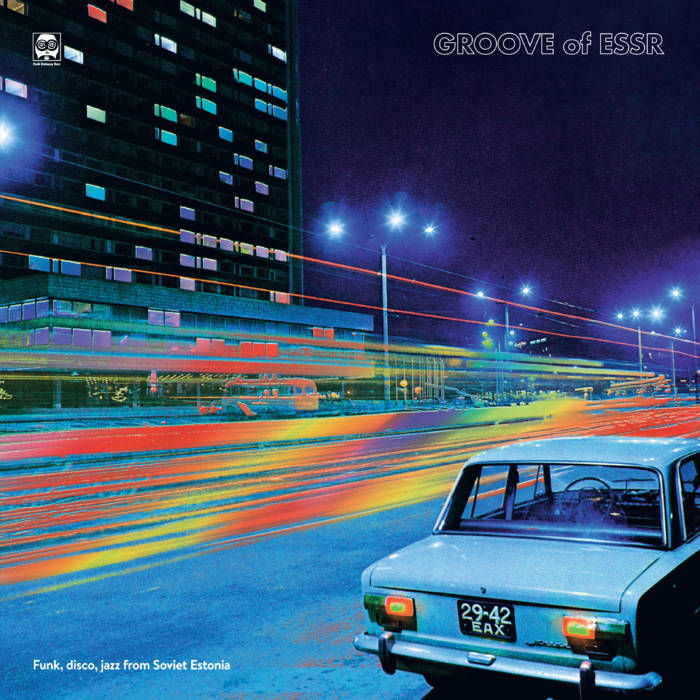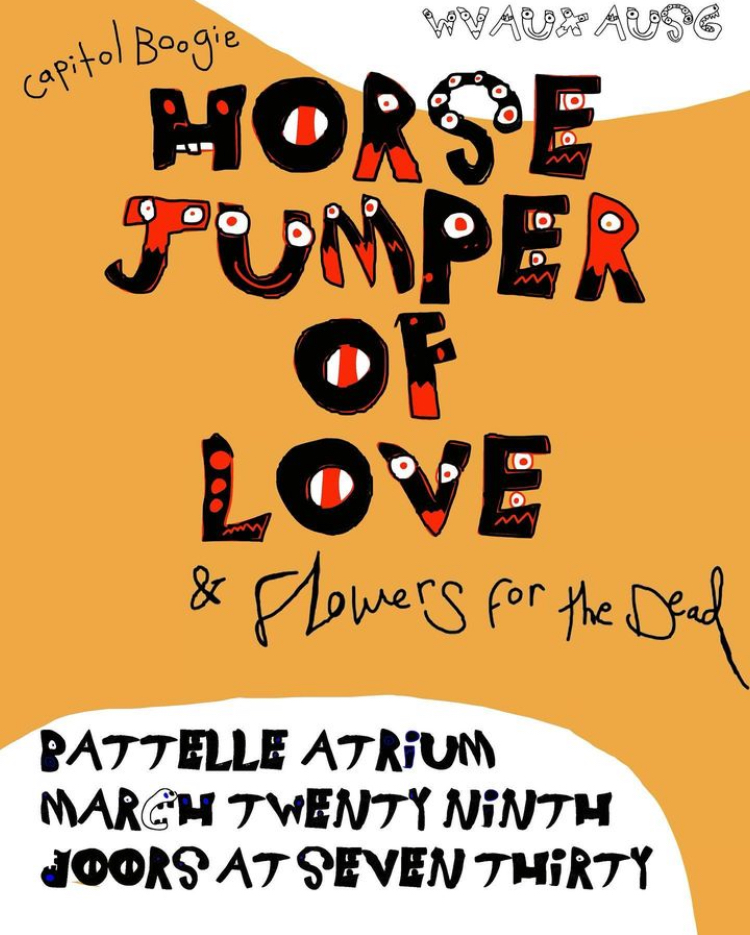Growing up, my mom and I used to spend eight long hours together driving from Pittsburgh to Chicago. Being stuck in a small, moving vehicle with one other person for such a long time is no easy task, but my favorite part of the journey was always listening to my mom’s In Yo’ Face! The History of Funk CD (Volume 5, to be precise). And thus, my eternal love for funk and disco was born.
Naturally, then, I was intrigued when I stumbled across Soviet Estonian funk and Azerbaijani jazz music while writing a research paper on Soviet punk in my freshman year of college. That being said, I’ve only become more intrigued by the somewhat strange musical phenomena of the Soviet era as I spend my fall semester in Latvia, right after spending the summer in the country of Georgia.
Most music genres associated with the West were branded as symbols of “Western decadence” and subsequently banned during the time of the Soviet Union. Black Sabbath, Sex Pistols and AC/DC were all banned for reasons such as violence and punk, but even Tina Turner and Donna Summer made the list for allegedly promoting eroticism and sex. Even jazz music was labeled as “music of the capitalists” and therefore just as incompatible with Soviet ideology as rock and punk. You might now be wondering why jazz music, of all things, was banned: most times, there aren’t even lyrics, and what harm can a little saxophone and piano do?
Valentin Parnakh organized the first jazz concert in Russia in 1922, importing jazz records and instruments from Paris. The genre was originally welcomed into the Soviet Union with this introduction, with leaders recognizing its creation by and significance to Black Americans, who were still being oppressed in their own country. Therefore, they viewed it as a potential resource in their own political and social struggles, as it symbolized the fight of a marginalized, lower class of people against those who held power over them; however, for almost the exact same reasons, it was banned. It was the music of an oppressed population, and symbolized the questioning and dissent against the government, which naturally went against the increasingly repressive Soviet principles of the time.
The Western origins of jazz music also led to the creation of the phrase “Today he plays jazz, tomorrow he’ll sell out his motherland.” This statement reflects the sentiment that jazz was a symbol of the United States and the West, and therefore listening to the music of democratic countries was the gateway for beginning to question the Soviet Union and its authoritarian, repressive policies. This association between jazz and America was further embedded into the Soviet mind with subtle media references, such as films approved by the USSR that featured American spies, whose entrances were often signaled with jazz music.
Despite these restrictions on jazz music, famed Azerbaijani musician Vaqif Mustafazadə created “jazz mugham” in the 1950’s. Jazz mugham fuses these two genres, incorporating elements of traditional Eastern music and improvising both rhythm and scales. Due to the Soviet repressions on music, Mustafazade performed many of his concerts in secret. With the Khrushchev thaw in the mid-60s, though, Baku was able to become a hub for jazz, allowing Mustafazadə to openly make a name for himself.
As Mustafazadə demonstrates, musicians from all across the USSR—from Estonia to Azerbaijan—were hindered by the Soviet restrictions on music, but also used it to escape the brutal repressions of the time. Funk and jazz music within the United States was an important form of expression, and even protest, for many Black Americans, despite the often upbeat melodies and lyrics of the songs. Thus, even in countries occupied by the Soviet Union, free-thinking musicians found inspiration from funk and jazz, using it as a medium to express themselves between-the-lines.
And, to finish off my first WVAU article, here are my favorite Soviet disco, funk, and jazz songs:
Mets Neidude Vahel – Collage, Estonia
This song is absolutely one of my all time favorites, which I accidentally stumbled upon on the compilation album Groove of ESSR while researching Soviet funk a few years ago. It seemed especially fitting to include since I am writing this article in Latvia and Estonia is just a few hours north of me. Mets Neidude Vahel (translating to Forest Between the Maidens) is the work of the Estonian group Collage. Beginning with an angelic yet haunting female choir reminiscent of European folk music, the song soon fades into a groovy bassline paired with the melodic voices of the singers.
Танцующий остров – Анжелина Петросова, Uzbekistan, 1987
During the few weeks I spent back home in Pittsburgh this summer, I naturally had to go to my favorite Attic Records (a store that I maintain may be one of the best record stores in all of the country), where I found a compilation album called Soviet Disco. Feeling that it was made for me, I immediately bought it, and that’s where this song (and the next two) come from. Танцующий остров (Dancing Island) starts off slow, but quickly incorporates a subtle bassline along with Petrosova’s upbeat voice. Although this song wasn’t quite as energetic as some of the others, it perfectly blends together Soviet pop with funky synth and bass.
Наташка – Первоуральск, Russia, 1990
Natashka is almost reminiscent of Bananrama’s “Cruel Summer” and Dead or Alive’s “You Spin Me Round (Like a Record)” with its synth riffs and upbeat vocals that are absolutely characteristic of the 80’s and 90’s. This was one of my favorites on the aforementioned album, as it just feels so danceable and upbeat.
Жездеке – Роза Рымбаева, Kazakhstan, 1988
The intro of this song simultaneously reminded me of “Oh Sheila” by Ready for the World and “Our Lips Are Sealed” by the Go-Gos. While those songs might not necessarily be funk, the bassline in this song combined with the synth intro makes for an upbeat and groovy song, at least in my opinion. Rymbaeva’s vocals at times even reminded me more of folk music than pop, giving this work of Soviet disco its own unique sound.
Bizim Baki Gəcələri – Vaqif Mustafazadə, Azerbaijan
Another one of my favorite songs. Mustafazadə’s jazz mugham creates a truly beautiful and unique sound; his piano is almost haunting, especially combined with the ever-so-faint drums in the background. I would highly recommend his work to any jazz enjoyer out there—Şıltaq Qız and Gözəlim Sənsən incorporate a woman’s voice that combines absolutely beautifully with Mustafazadə’s piano.















Iso • Oct 5, 2023 at 1:28 pm
I love this article on Soviet jazz and funk as music is an important element of culture. This article was excellent in highlighting that element in the Soviet Union.